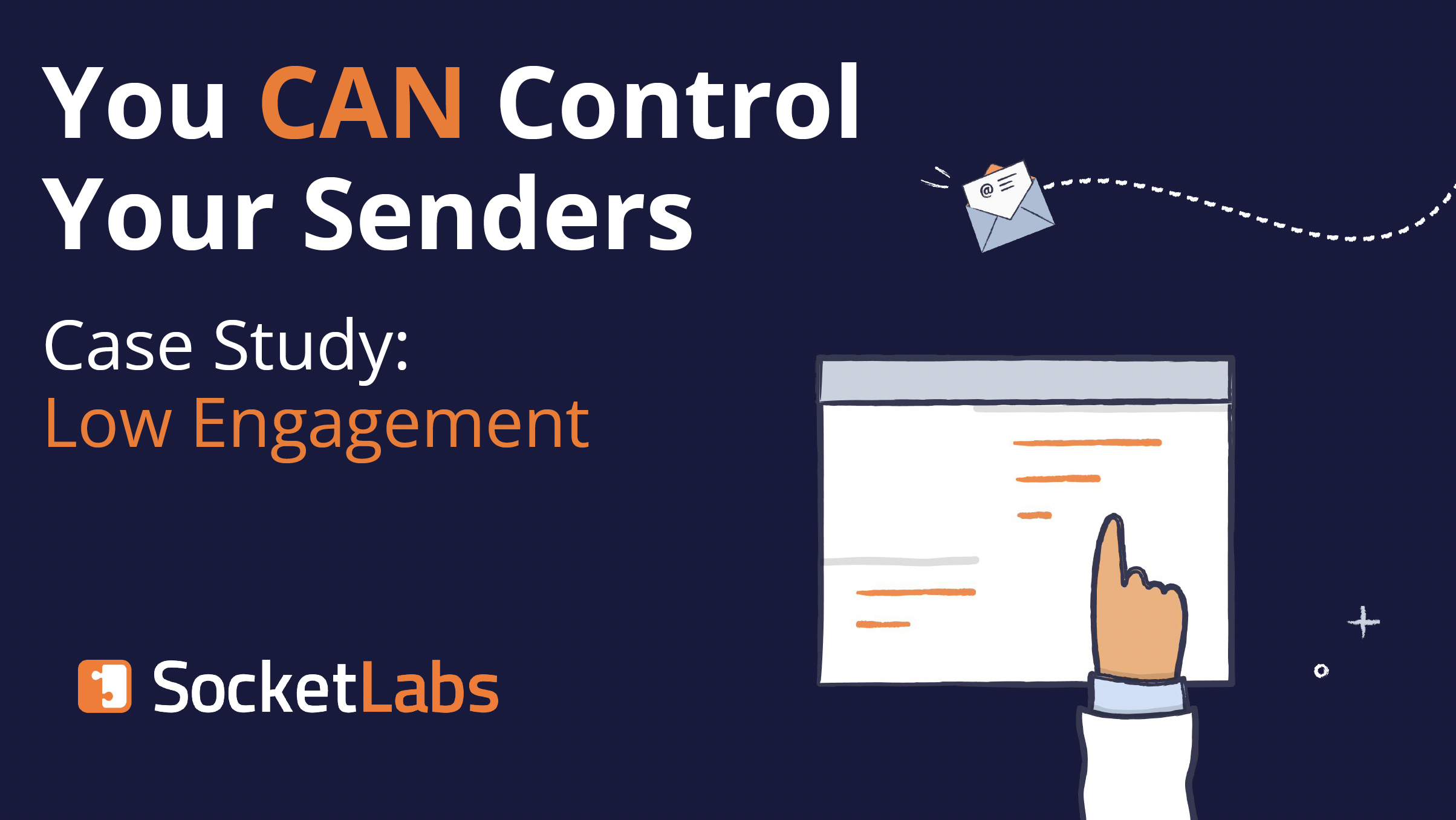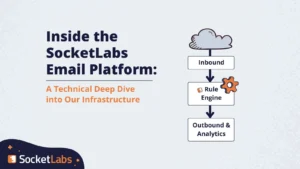This article will get you up to speed on the history of spam. But first, let’s quickly define what spam is. There are many definitions of spam but for the sake of simplicity lets define spam as the mass transmission of unwanted messages.
Though it wasn’t called spam until the early 1990s – The term itself comes from a now legendary 1970 Monty Python’s Flying Circus sketch. Set in a small cafe, where a crowd of (rather annoying) Vikings drowns out the rest of conversation by singing, louder and louder, choruses of “SPAM, SPAM, SPAM…” a somewhat less than popular canned processed meat that was being served with every item on the menu.
In retrospect, it comes as no surprise that the word spam would eventually be adopted to refer to the widespread barrage of unsolicited and unwanted commercial messages that are often seen as drowning out normal communications.

The history of spam can be tracked back to 1864 when the very first unsolicited electronic messages are believed to have been transmitted as early as 1864, via telegraph. These messages were rather dubious investment offers sent to wealthy Americans.

The history of spam continues when the first email spam was sent by a man named Gary Thuerk on May 3rd, 1978. Thuerk, who worked for Digital Computer Corp. at the time, sent an email solicitation for an open house to showcase the company’s new VAX computer. It went out to about 400 of the 2,600 people who had email accounts on ARPANET (The DARPA-funded military computer network that preceded the Internet).
Thuerk claimed that his email generated about $12 million in new sales. However, many people who received his email got highly irritated and complained to US Defence Department which ran ARPANET.
They in turn, told him never to do it again and he never did. He was later credited as saying that the method proved to be so unpopular that it would be well over a decade before anyone would try it again.

It would not be until 1993 that the term “spam” would actually come into use. It was applied to a USENET posting. USENET was a newsgroup precursor to the Internet that was (and still is) a worldwide distributed discussion system that can basically be regarded as a hybrid between email and web forums.
In an attempt to implement a moderation system that allowed posts to be deleted after they had been posted, Richard Depew accidentally slipped up. His software had a bug in it which caused it to post some 200+ messages to the news.admin.policy discussion group.
Later, when members of the group were making jokes about the incident, someone referred to the incident as “spamming.” And thus history was written.

Due to its architecture, it was probably inevitable that USENET would turn into a natural place to spam, as everyone could see all of the available groups and post to all of them easily.
On January 18, 1994, the first large-scale spam hit the USENET. A message with the subject “Global Alert for All: Jesus is Coming Soon” was cross-posted to every available newsgroup by a student. Its controversial message and the fact that it blanketed all the groups ignited many debates all across the USENET. In many ways, those debates are still ongoing today.
Then in April of 1994, on a day that will live in infamy, USENET was overwhelmed by an advertisement for the Immigration-Law Services of Laurence A. Canter and Martha S. Siegel. Despite the ensuing outcry, the lawyers defended their practice and wrote a book about it titled “How to make a Fortune on the Information Superhighway”. Spam was now going mainstream.

Spam grows at an almost exponential rate, until it finally comprises the vast majority (80 to 85 percent) of email messages sent worldwide. As many as 182.9 billion emails are Sent/Received per day worldwide (as of 2014).

On December 16, 2003, the U.S. passed the CAN-SPAM Act (Controlling the Assault of Non-Solicited Pornography and Marketing Act of 2003). Thus establishing the United States’ first national standards for the sending and regulation of commercial email. It gave the Federal Trade Commission some limited regulatory powers to curb “spammers”. Among other things, CAN-SPAM regulations require that any commercial messages provide a means for recipients to opt out of receiving further emails, prevent the modification of e-mail headers to hide the identity of a sender, and stop the use of email addresses harvested from the Internet without permission.

It’s been a long and ongoing battle between spammers, and well… pretty much everyone else. The technologies and techniques used to send spam and to block it have continued to evolve at a startling rate. Zombie networks, email harvesting botnets, neural network based spam blockers, DMARC (Domain-based Message Authentication, Reporting & Conformance), the list goes on and on. Lately, the tide has swung against the spammers as according to “2014 Internet Security Threat Report, Volume 19” published by Symantec Corporation, spam volume has dropped to 66% of all email traffic (down from ~85%). But this war is far, far from over…
How SocketLabs is helping you in the fight against spam:
Here at SocketLabs, we pride ourselves on helping our customers get their legitimate messages safely to the inbox, while at the same time preventing spam from going out.
To that end, every email that enters our network is examined using several techniques such as custom spam scanning, 3rd party spam scanning, public and private blacklists, an in-house signature/pattern matching system, etc. Our systems also monitor feedback from the mailings themselves using a reputation system to quickly identify and suspend sources of spam.
All of our new customer signups are individually vetted by a member of our deliverability team before allowing them full access to our services. This helps significantly deter most would-be spammers from attempting to utilize our services for less than noble ends. If a malicious user does manage to create an account and is blatantly sending spam we can quickly/easily identify and suspend their server, and eventually cancel their account.
In situations where malicious/spam messages are mixed with legitimate messages, the problem becomes a bit more complex. In response, we have aggressively added improvements that give us the ability to block bad messages without interrupting the good ones. This helps give our customers time to investigate and correct the problem while still sending their legitimate email. Some of these improvements include allowing the end user to pause their server or mailing, deleting messages based on domain, deleting messages based on the message id, only allowing messages from specific whitelisted addresses and/or domains, or by simply blocking messages from specific email addresses. All of these things work in conjunction to enable us to provide our customers with servers of the highest reputation.
Our deliverability team closely watches the latest trends in the industry in order to understand how the various mailbox providers (Google, Yahoo, Hotmail, etc) are adjusting their spam filters/defenses. Monitoring changes by mailbox providers allows us to better understand and mitigate common issues our customers may be encountering while trying to get their own legitimate messages delivered. We are continually working on improving our services in order to help maintain the reputation of both for your domain and for the IP address on which your mail is delivered. This is vitally important, because when it comes to delivering emails, reputation is everything!
If you would like to learn more about Email Delivery at SocketLabs, click here…









